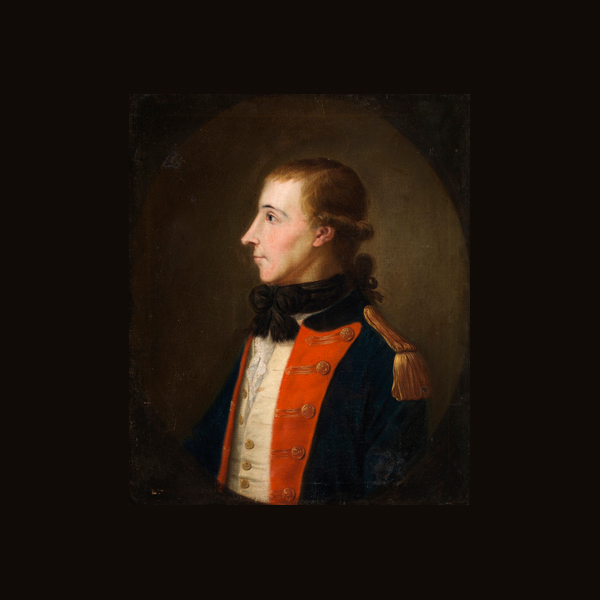
The United Irish Rebellion of 1798 was Ireland’s first attempt at forming an independent republic. Both Protestants and Catholics took up arms against the British Crown. Though crushed, their struggle forever changed the nature of Irish nationalism.
Ireland was Britain’s first colony– the blueprint for its empire. The English conquered the island in 1171 and again in the 1680s. They dispossessed the natives and gave their land to settlers. By the 17th century, there were three populations:
- Irish Catholics – native majority population, Irish and English speaking, Catholic.
- Ulster-Scots – Scottish settlers and their descendants, concentrated in Northern Ireland, English speaking, Presbyterian.
- Anglo-Irish – English settlers and their descendants based in Dublin, English speaking, Anglican.
Ireland had a parliament but only landed Protestants could stand or vote, meaning the Anglo-Irish minority had control. Catholics could not purchase or inherit land.
The Irish had supported the exiled King James II, a Catholic, at the Battle of the Boyne in 1691. By the 1780s, a new ideology was afoot – republicanism. It would be the dominant expression of Irish nationalism until the present day. Inspired by the American and French revolutions, activists promoted an Irish republic – independent, democratic and without a king.
The Society of United Irishmen was a republican movement founded in 1791. At first, they demanded greater autonomy for the Irish parliament and political rights for Presbyterians and Catholics but by 1794 they sought independence from Britain. Most of the Society’s leadership were Protestant, its rank and file Catholic.

Wolfe Tone (above) allied Presbyterians and Catholics against their common enemy. He was exiled and spent the 1790s lobbying support from France and the USA. Across the country, rebels formed cells and armed themselves with pikes.
In 1798, the ‘United Irishmen’ rose. Word had slipped to the British, however who arrested or murdered the uprising’s leaders, leaving it uncoordinated. The rebels’ only success was in Wexford and Ulster where they captured a few towns, only to be defeated by better-armed British forces. There were massacres on both sides. Wolfe Tone landed in County Mayo with 1,000 French troops, met defeat and cut his own throat before his hanging. After only a few months, British troops and Protestant militias had crushed the rebellion.
10,000-70,000 died – mainly rebels. Thousands more were exiled to Australian penal colonies. The Irish parliament dissolved itself and until 1922 Ireland was ruled directly from London. Sectarian differences hardened: Ulster Presbyterians aligned with the British while republicanism became an increasingly Catholic movement. The seeds of later tensions were sown.

Most of the rebels were poorly equipped. They fought with pikes and carried pocket sacks full of barley seeds to eat. After the battles, the British piled the dead into mass graves across the country, nicknamed ‘croppy holes’. At springtime, shoots of barley grew, fertilised by the rebel dead. When cut down, they resurfaced the following spring. To the Irish, the barley symbolised the tenacity of their struggle – though beaten and cut down they would rise again and again.
Sources: 1916 Walking Tours, Irish History, National Army Museum UK
